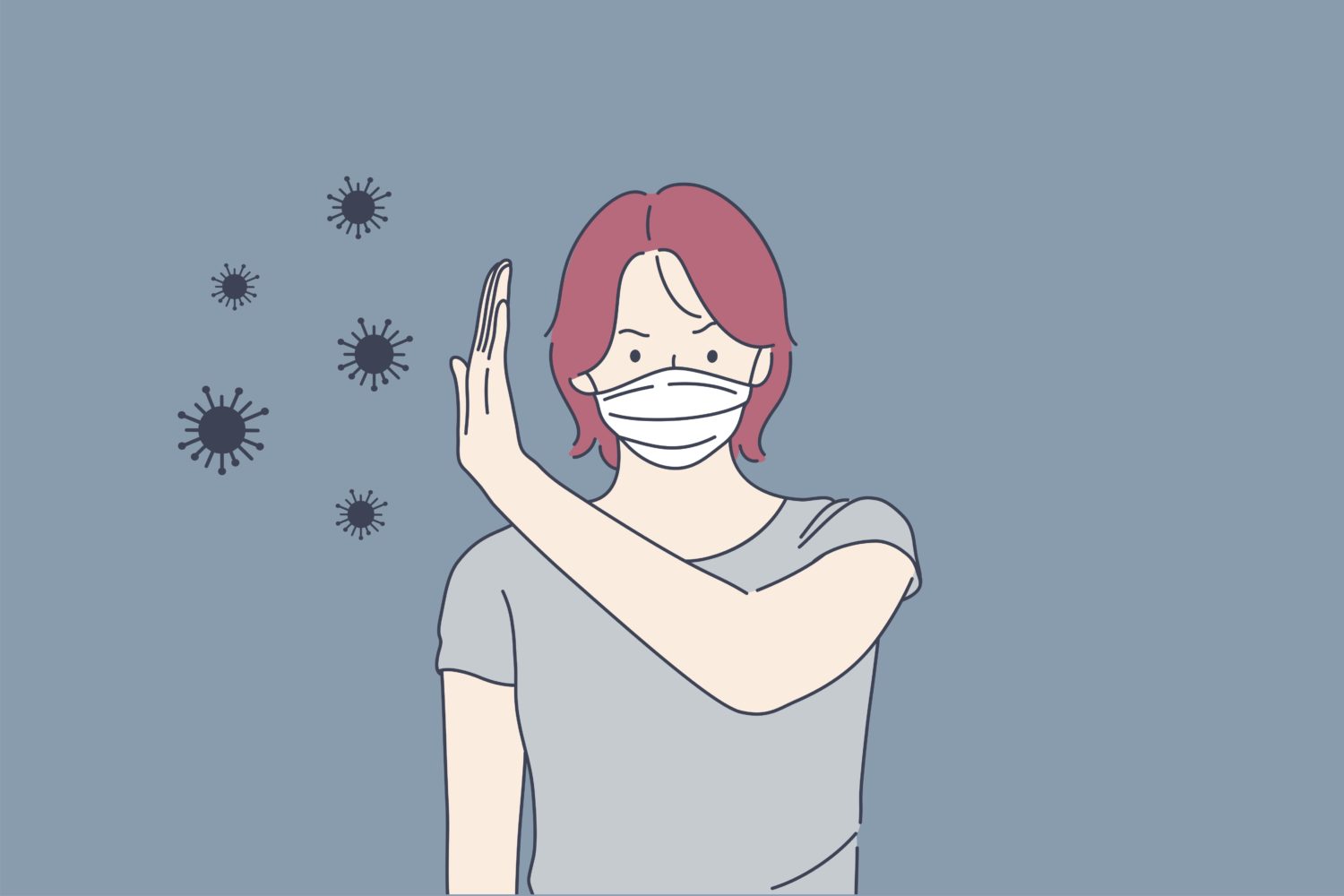Misinformation can kill. As of April 24, at least 300 people died in Iran from drinking straight methanol (a common ingredient in windshield wiper fluid), believing it might prevent COVID-19.
We’ve assembled tips from journalists and various fact-checking organizations around the world to help you protect yourself from misinformation during the COVID-19 “infodemic.”
1) Stop. Breathe.
We know it’s tempting to share the latest information about COVID-19 (especially if it seems dramatic or scandalous), but AfricaCheck, an IFCN Code of Principles’ signatory, says the first step is to take a deep breath, and resist that urge unless you’ve checked it using tip #2.
2. Check the source.
The most powerful tool is asking: How do you know that? It forces the source of the information to provide evidence, and it allows you to consider reputable sources. Politifact advises using the World Health Organization and the U.S. Centers for Disease Control to familiarize yourself with the basics of the disease as well as the most common misconceptions.
We, at the International Fact-Checking Network, built the Coronavirus Facts Alliance, which brought together fact-checkers from more than 70 countries to create fact checks in at least 40 languages. You can use our searchable database to find COVID-19 fact checks from across the globe.
3. Trust scientists before politicians.
Globally we’ve seen politicians either create or spread misinformation about COVID-19. This may be for political reasons or simply because they don’t know how to properly convey scientific concepts. If the source is a politician, be skeptical and examine the source.
4. Beware your emotions!
NPR’s Life Kit podcast put together this helpful cartoon with tips of their own including this warning about, “emotional, divisive, or breaking news stories.” If you are having strong emotions about something, that’s a signal you need to check the information before sharing it.
5. Tools help verify images and videos.
One of the most common ways we’re seeing misinformation spread is through people reconfiguring or taking real photos out of context. First Draft offers a toolbox to help you verify images and links to other useful verification tools like InVid, and RevEye. Also, this PDF from Indian fact-checking network Vishvas News is a step-by-step guide for how to verify images and videos.
6. Know what you don’t know.
There are aspects of COVID-19 such as the infection rate, the mortality rate, the modes of transmission, for example, that we are learning more about every day. Daniel Funke from Politifact recommends sticking to what is known and consulting official sources (like the WHO or CDC) for updates.
This isn’t an exhaustive list, but using these tips will help stop the spread of harmful misinformation during the COVID-19 pandemic.
Harrison Mantas is a reporter for the International Fact-Checking Network covering the wide world of misinformation. Reach him at hmantas@poynter.org or on Twitter at @HarrisonMantas.







